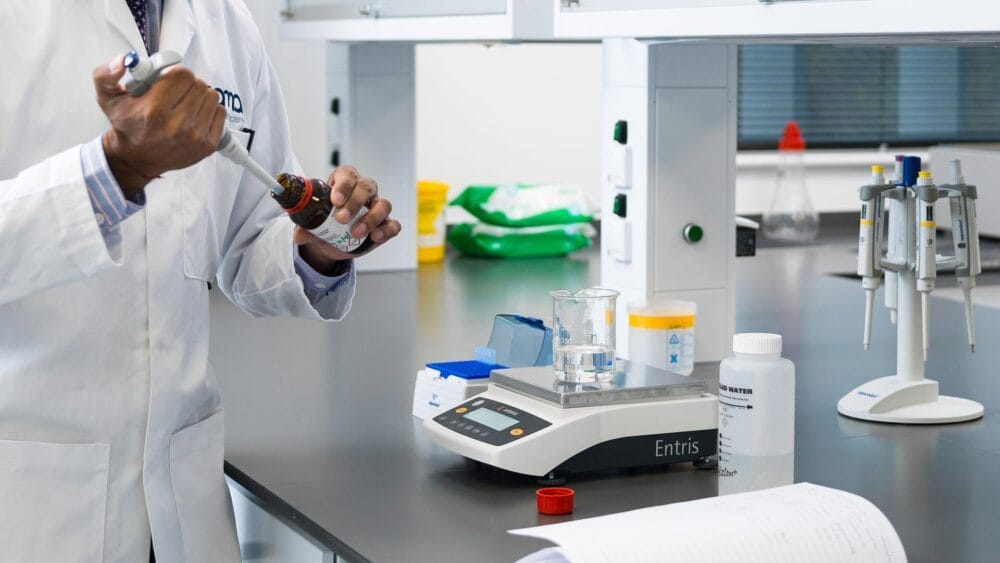Posted
14th January 2019
Research
Candida auris is a high-profile emerging pathogen, which has caused large outbreaks both in the UK and elsewhere. C. auris can causes widespread environmental contamination, and isn’t susceptible to all disinfectants. This new study from Cardiff University extends previous findings by developing a dry surface biofilm efficacy testing model for C. auris. Worryingly, half of the disinfectants tested barely touched the C. auris in the DSB, suggesting that more powerful disinfectants (such as peracetic acid and sodium hypochlorite) should be selected for dealing with C. auris.
Previous studies have shown that a range of disinfectants are effective against C. auris when using conventional suspension testing methodology. However, we know from other studies that the presence of dry surface biofilm (DSB) can reduce the susceptibility of micro-organisms to disinfectants considerably. DSB occur when bacteria and other microbes become attached to surfaces and encased in a protective ‘slime’ layer: this can reduce their susceptibility to disinfectants by 10 to 1000-fold. Therefore, a team at Cardiff University developed a DSB model for C. auris disinfectant testing. 12 commercially-available wipe based disinfectants were tested. Concerning, 50% of the products tested failed to decrease C. auris viability, 58% failed to prevent its transferability, and 75% did not delay biofilm regrowth. Wipes that were effective in reducing C. auris viability and transferability included Clinell’s Universal Wipes, and Clinell’s Sporicidal Wipes (which are based on peracetic acid). Clinell’s Sporicidal Wipes were most effective at preventing re-growth of the biofilm.
This research reinforces that microbes in DSB are considerably less susceptible to disinfectants than microbes in suspension. Caution should be exercised in choosing the appropriate disinfectants for dealing with surfaces potentially contaminated with C. auris, with decisions informed by studies using DSB-based testing methods.
SHARE THIS ARTICLE
Tags
Latest News
Introducing HEXI HUB: A seamless transition in our product line
We’re pleased to announce an update to our product offering…
Innovative solutions for tackling Carbapenemase-producing Enterobacteriaceae (CPE) at King’s College Hospitals
King’s College Hospital NHS Foundation Trust, one of London’s largest…
Gloves Off: reducing unnecessary plastic waste during environmental cleaning and disinfection
In this blog, Dr Phil Norville discusses the momentum-gaining ‘Gloves…
Gloves Off: Navigating SDS sheets and skin safety claims in environmental decontamination products
In this blog, James Clarke (Head of R&D, Science &…




